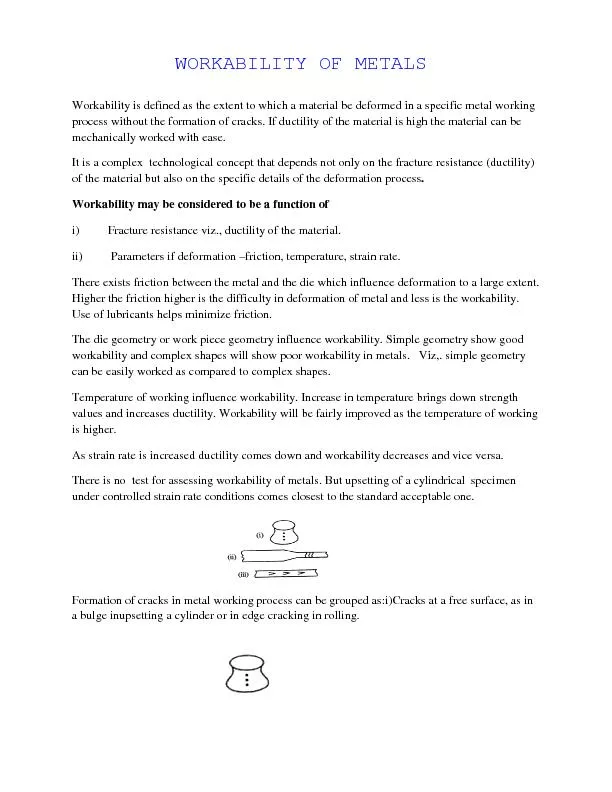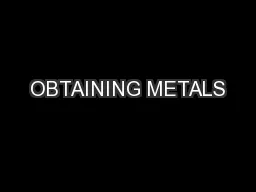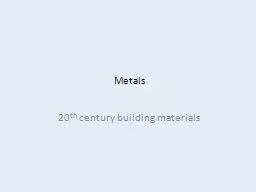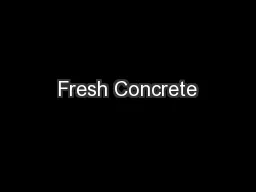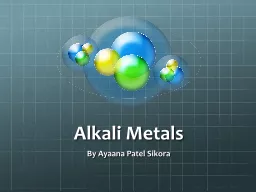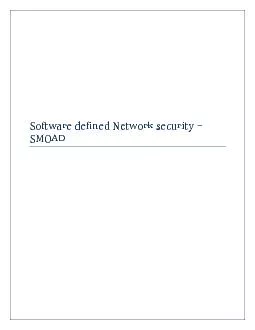PDF-Workability of Metals Workability is defined as the extent to which a
Author : natalia-silvester | Published Date : 2016-08-25
iiCracks that develop in a surfacewhere iii interface friction is high as in extrusion Internal cracks as in drawn bars Worka
Presentation Embed Code
Download Presentation
Download Presentation The PPT/PDF document "Workability of Metals Workability is def..." is the property of its rightful owner. Permission is granted to download and print the materials on this website for personal, non-commercial use only, and to display it on your personal computer provided you do not modify the materials and that you retain all copyright notices contained in the materials. By downloading content from our website, you accept the terms of this agreement.
Workability of Metals Workability is defined as the extent to which a: Transcript
Download Rules Of Document
"Workability of Metals Workability is defined as the extent to which a"The content belongs to its owner. You may download and print it for personal use, without modification, and keep all copyright notices. By downloading, you agree to these terms.
Related Documents

